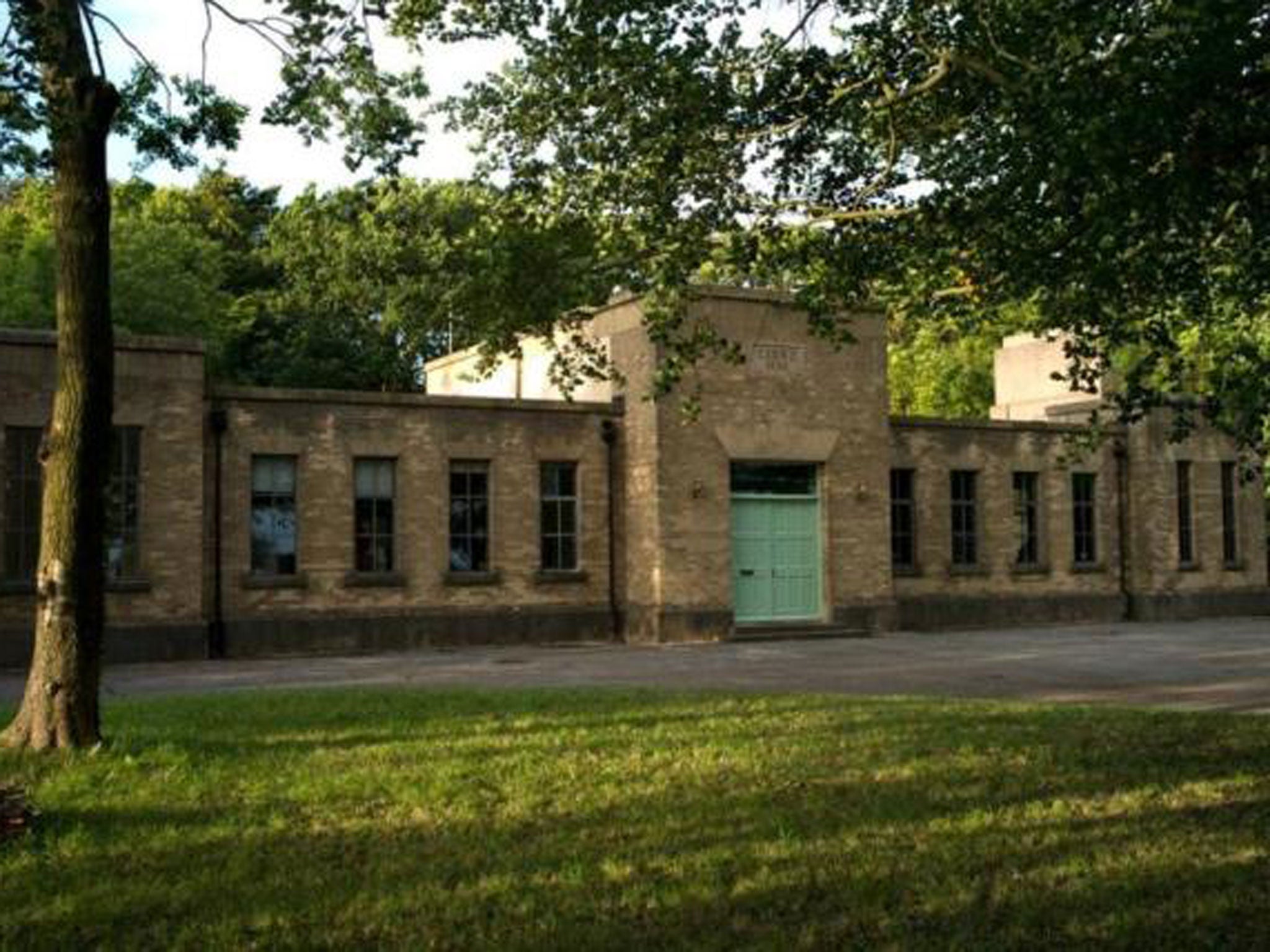Shortage of homes is pushing up prices
Pent up demand for housing in England could be as much as 350,000 households, claims new report

Your support helps us to tell the story
From reproductive rights to climate change to Big Tech, The Independent is on the ground when the story is developing. Whether it's investigating the financials of Elon Musk's pro-Trump PAC or producing our latest documentary, 'The A Word', which shines a light on the American women fighting for reproductive rights, we know how important it is to parse out the facts from the messaging.
At such a critical moment in US history, we need reporters on the ground. Your donation allows us to keep sending journalists to speak to both sides of the story.
The Independent is trusted by Americans across the entire political spectrum. And unlike many other quality news outlets, we choose not to lock Americans out of our reporting and analysis with paywalls. We believe quality journalism should be available to everyone, paid for by those who can afford it.
Your support makes all the difference.During January, the number of houses coming up for sale across the UK hit its lowest point since July 2012, even though the numbers of potential buyers is still rising.
The latest report from the Royal Institution of Chartered Surveyors also suggests that this shortage of homes is pushing prices higher in many parts of the country.
Peter Bolton King, RICS Global Residential Director, said: "With more people now in a position to buy a home than at any point over the past few years, there are simply not enough properties to satisfy demand. The upshot of this is increasing prices in many areas and this looks set to continue for the foreseeable future.
"That said, some of our members are have told us that, as the daffodils come out, more vendors could be looking to test the market as the traditional spring bounce begins to take effect."
Meanwhile, a new report from Hamptons International suggests that the amount of pent up demand for housing in England could be as much as 350,000 households.
It says that the East and East Midlands are the two regions in England which have the most potential, partly because of good affordability, low unemployment levels and above average income growth.
Fionnuala Earley, Residential Research Director at Hamptons International, said: "Not all of these 350,000 households waiting in the wings will be in a position to set up home, but now that the economic and housing market recoveries are on track, increasing numbers will be in a position to do so, either in the owner occupied or rental sector.
"Looking at economic, housing market and demographic factors, our research sheds light on which parts of the country have the most potential to see those demand pressures realised. Interestingly it isn’t London and the South East at the top of the list. The interplay between all of the different factors means that the areas outside have greater capacity for growth.”
At a more local level, Hampton's research also focuses on local areas which have more potential for faster recovery in housing market activity and prices. It picks out Rushcliffe in the East Midlands and Runnymede and Elmbridge, both in Surrey, which all have faced a significant shortfall of building and have seen relatively large rates of in-migration which put pressure on the demand for housing.
Join our commenting forum
Join thought-provoking conversations, follow other Independent readers and see their replies
Comments